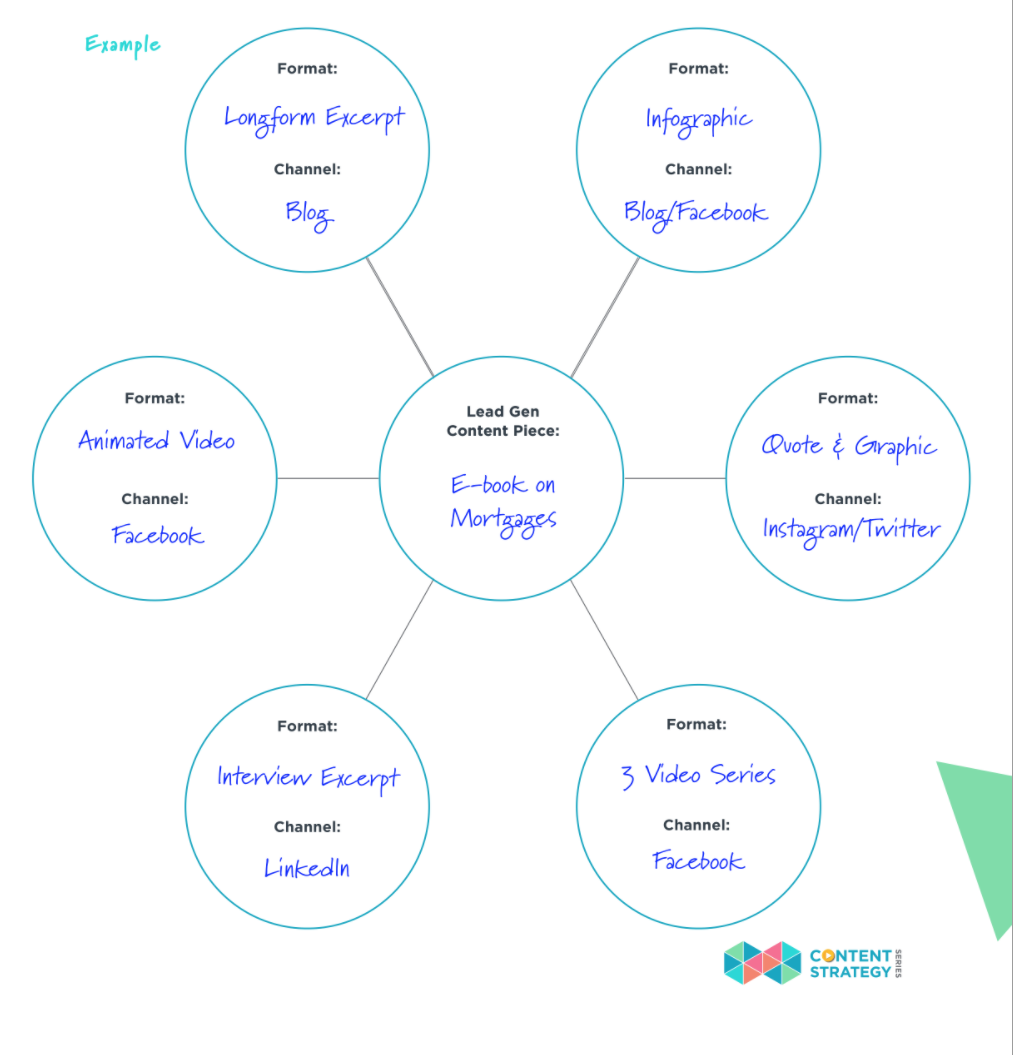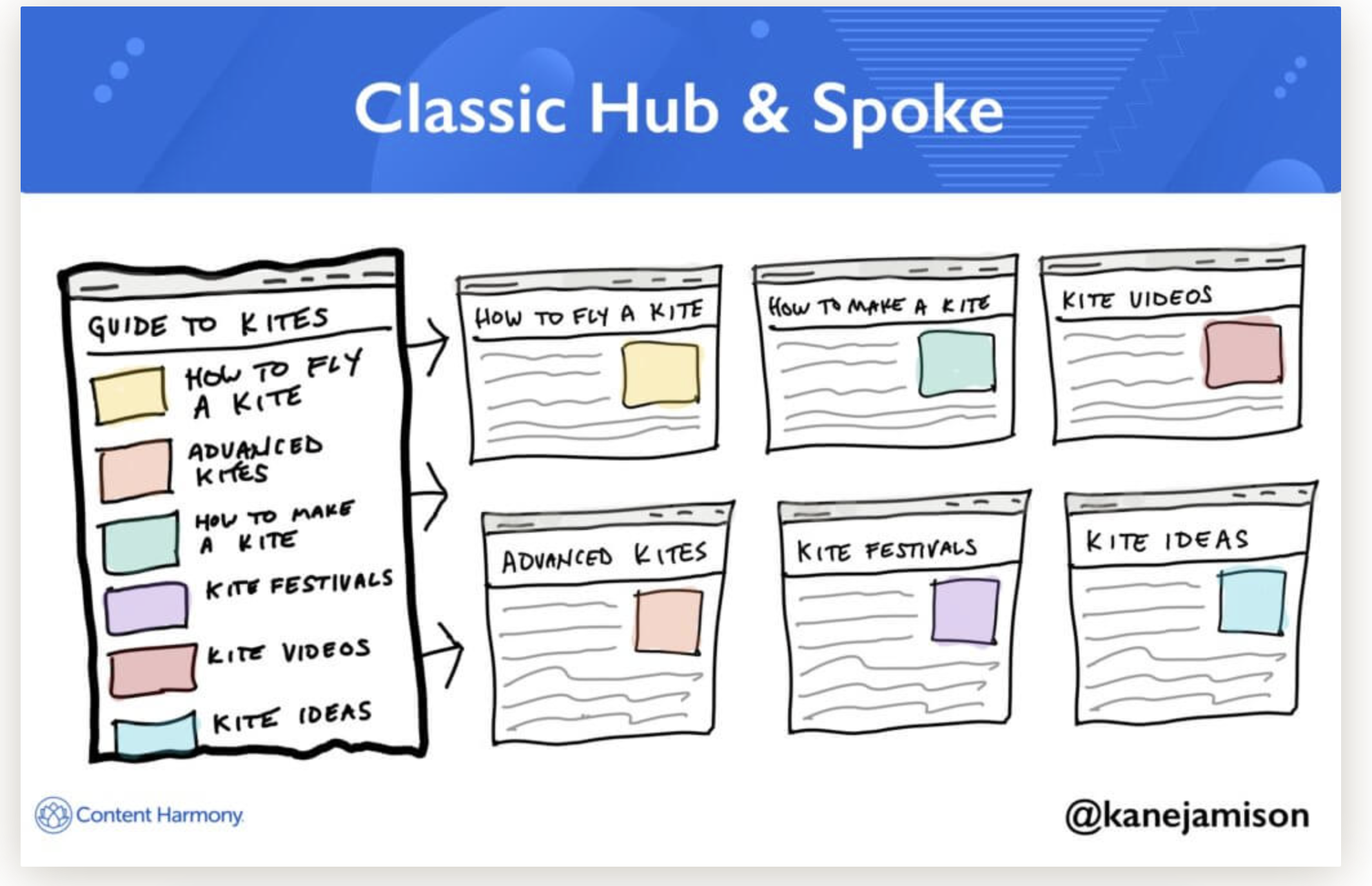Storytelling
Why It’s Important to Focus on Creative Content Marketing
A woman jolts awake in the dead of night, awoken by a thud from downstairs. A wizard, who’s been training in the magical arts since he was a boy, is about to face his first great test. Plane crash survivors on a remote island grapple with their new circumstances.
Each sentence is the start of a brand-new story. And somehow, in one sentence, these stories have the power to capture our attention and spark our curiosity—something content marketers aim for with every piece they create.
So, what’s the key to successfully capturing curiosity in commercial audiences? Creativity.
How can we get creative with content marketing?
As a content marketer for a B2B tech company, I know how burnout feels and how hard it is to generate new ideas. There’s round-the-clock pressure to create new content—whether the goal of that content is to recruit for an event on social media or promote a new product on the blog. Sometimes, I feel more like a content machine than a content strategist.
If you share this sentiment, we’re not the only ones. In fact, research finds that 61 percent of creators are experiencing burnout.
Marketers can’t produce their best work if they’re burnt out. And if your content doesn’t stand out from your competition, it won’t turn your prospects’ heads. Content quality is a major factor for potential buyers evaluating brands with similar products. Studies show that poor-quality content decreases the probability of a sale by 40 percent.
Your brand’s content needs to capture attention, or your prospects will go elsewhere. How do you make that happen? With more creativity in marketing assets.
3 ways to embrace creative content marketing
For now, let’s forget about SEO, analytics, company goals, and deadlines. Instead, let’s focus on different ways to spark creativity with content to gauge interest and engagement.
1. Develop a deep understanding of your brand
The ancient Greek aphorism “Know thyself” suggests this is the highest form of knowledge. The same school of thought applies to your company’s brand.
You might be thinking, “Obviously! I’m a marketer. It’s my job to live and breathe our brand.” Even if you clearly understand your products, company values, and target persona(s), doing a gut check on your brand is essential. Even veteran employees and brand creators need to ask themselves, “Is this representative of who we are?” at times.
Does everyone on your team share the same understanding? If not, it’s time to ensure everyone is on the same page. You can’t produce creative content without one key ingredient: Consistency.
Your brand needs to stand for something, and your creative content needs to make noise in your industry.
But without a consistent brand underlying all your content, your most brilliant ideas will confuse your audience.
“Creativity” doesn’t mean every blog post or whitepaper you write is drastically different from the one before it. In fact, the definition of creativity is simply “the use of imagination or original ideas.”
Is now the time to redefine your brand or bring new ideas to the table to present a creative but unified new front? A re-vamp could help make your content feel more fresh and exciting. Or, maybe your team just needs richer documentation and brand standards, so everyone is rowing in the same direction.
2. Experiment with different media
Almost every company with a content marketing function covers a few core areas. The most common include an active blog, social media, long-form assets (like eBooks and whitepapers), email newsletters, and customer case studies.
Don’t get us wrong: You need these types of assets. They’re the bread and butter of content marketing. But creativity in marketing is about bringing novel ideas to the table. Cutting-edge thought leadership is one way to stand out. But can you go even further?
In addition to thinking about the “what,” think about the “how.” How can you use different media to present creative content in a way that few others are leveraging? It’s 2023, and there are so many ways we can relay information from one person to another. For example:
Multimedia content: Videos, infographics, podcast
An estimated 3.63 billion people worldwide will watch digital video content in 2023. Yet only 12 percent of marketers feel like they’re using video to its full potential. There’s a huge opportunity here. Whether using visuals to help tell a story or creating content that prospects can listen to, multimedia content can relay more digestible content more efficiently. In fact, it’s estimated that one minute of video is worth 1.8 million words.
Interactive content: Quizzes, embedded presentations, dynamic charts, and graphics
Content consumers want one thing: Value. If you can answer a question they have or solve a problem, you’ll earn their loyalty. Engaging, personalized, and interactive creative content is a great way to do that.
Interactive content, like a quiz that tells you where your organization could best benefit from AI, also encourages prospects to share their views with their networks.
3. Try a hub-and-spoke content strategy
You can’t generate creative content without killer ideas. Sadly, sometimes those ideas don’t come to you when you need them. When you feel stuck, lean on the power of a good brainstorming technique. The hub-and-spoke strategy is one of our favorites.
What is hub and spoke?
Picture a bicycle tire with a hub in the center and a myriad of spokes branching out of it. The hub-and-spoke content strategy comes from that visual.

When devising a hub-and-spoke strategy, you need one core content piece from which all other pieces will derive. Typically, this would be a larger content asset, like a video course on lead generation strategy or an eBook about emerging cybersecurity risks. From there, the spokes are pieces of creative content that expand upon ideas within the core asset, such as short video clips on social media, a blog post, or an infographic.
Hubs and spokes are great for creating a big splash campaign from one strong, creative core idea. It also keeps readers on your site longer, as each piece can link to one another, or all pieces can roll off from a core pillar page. It’s an excellent opportunity for prospects interested in a specific topic to do a deep dive into your brand.
A hub-and-spoke brainstorming session almost always yields excellent results for your team. It allows you to create a list of related ideas and use only the best ones. Perhaps one idea you thought would be great is a dead end. Still, another idea takes off and allows you to develop creative content featuring unique perspectives in supporting pieces, such as interviews with internal stakeholders.
Put your most creative foot forward
The great, big world of content is your oyster!
By creating content that prioritizes creativity, you can make every piece of content you produce a beautiful, rich story that captivates your readers and immerses them in your products, your organization, and your core values.
Do you want creative content marketing tips delivered straight to your inbox every week? Subscribe to The Content Strategist newsletter today!
Image by rawpixelGet better at your job right now.
Read our monthly newsletter to master content marketing. It’s made for marketers, creators, and everyone in between.






